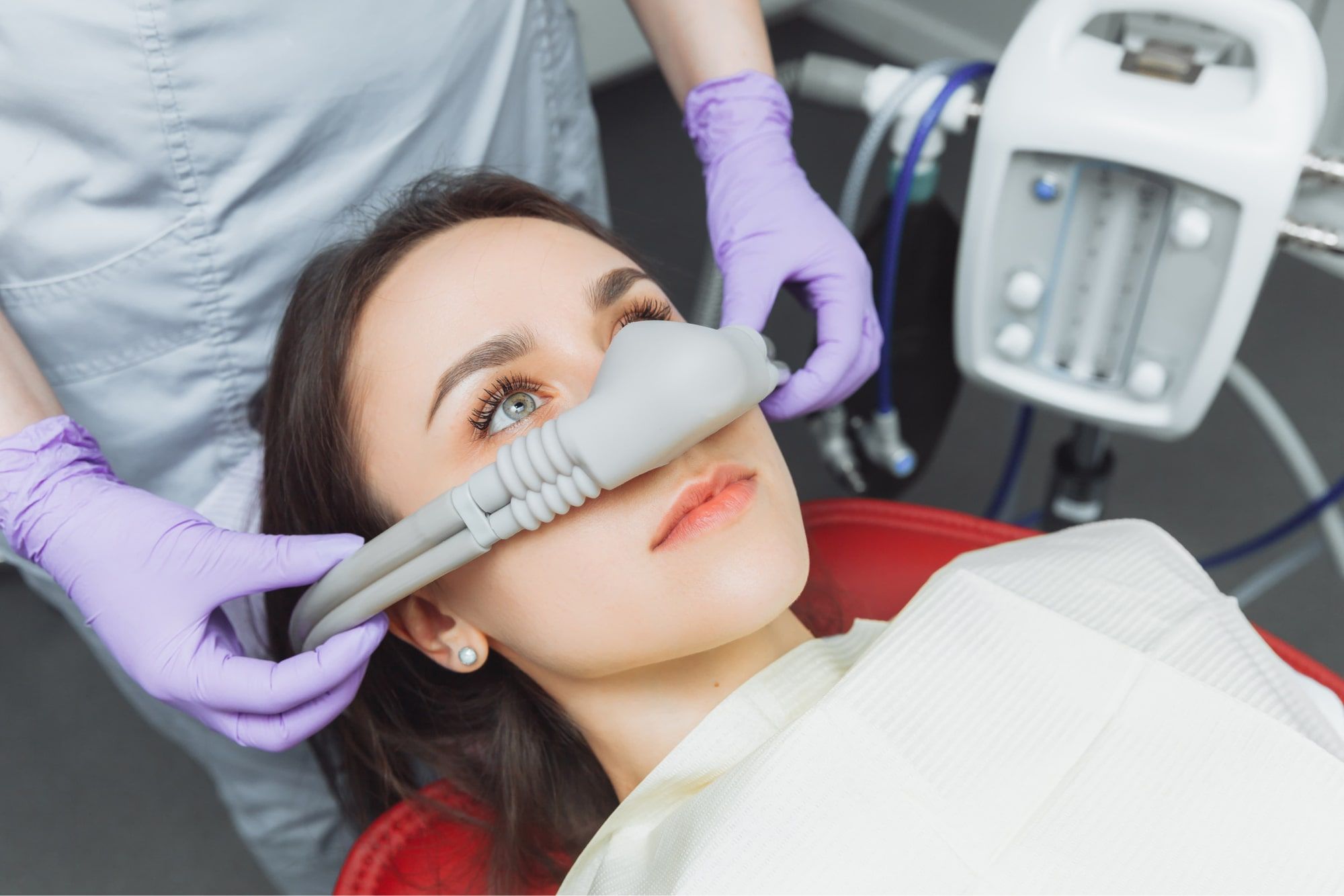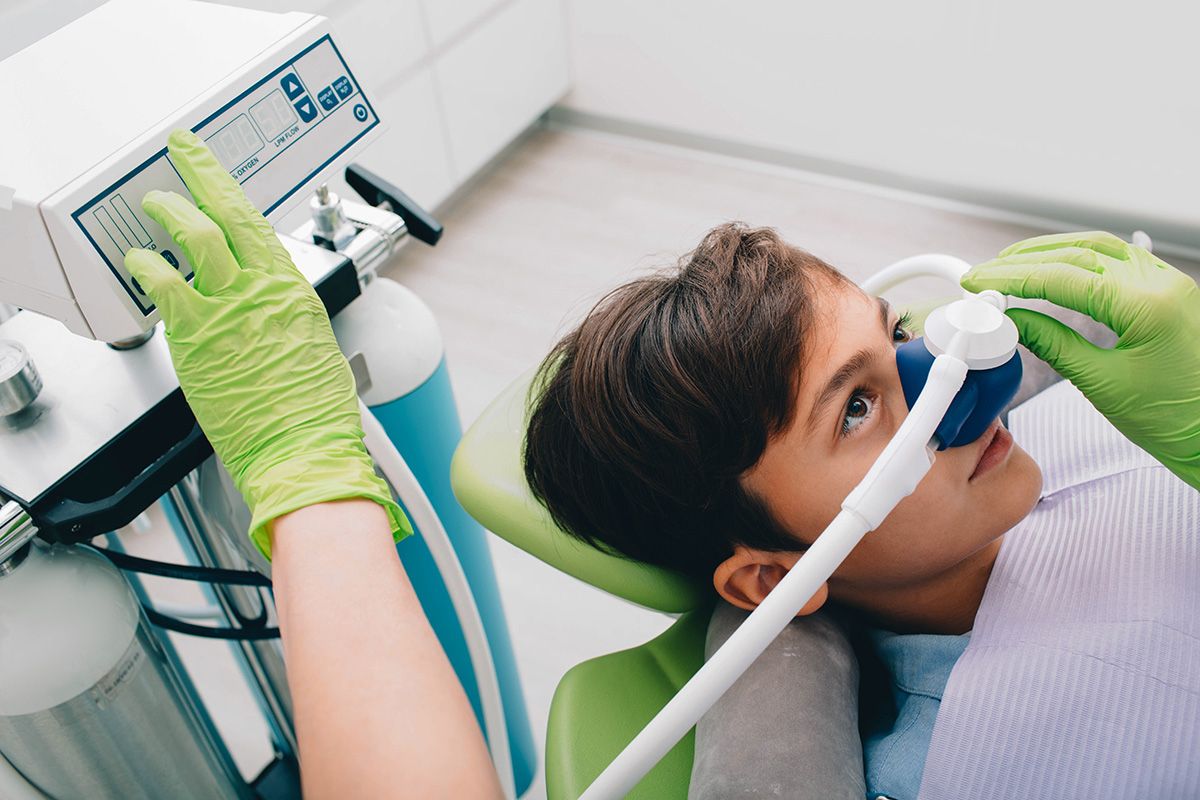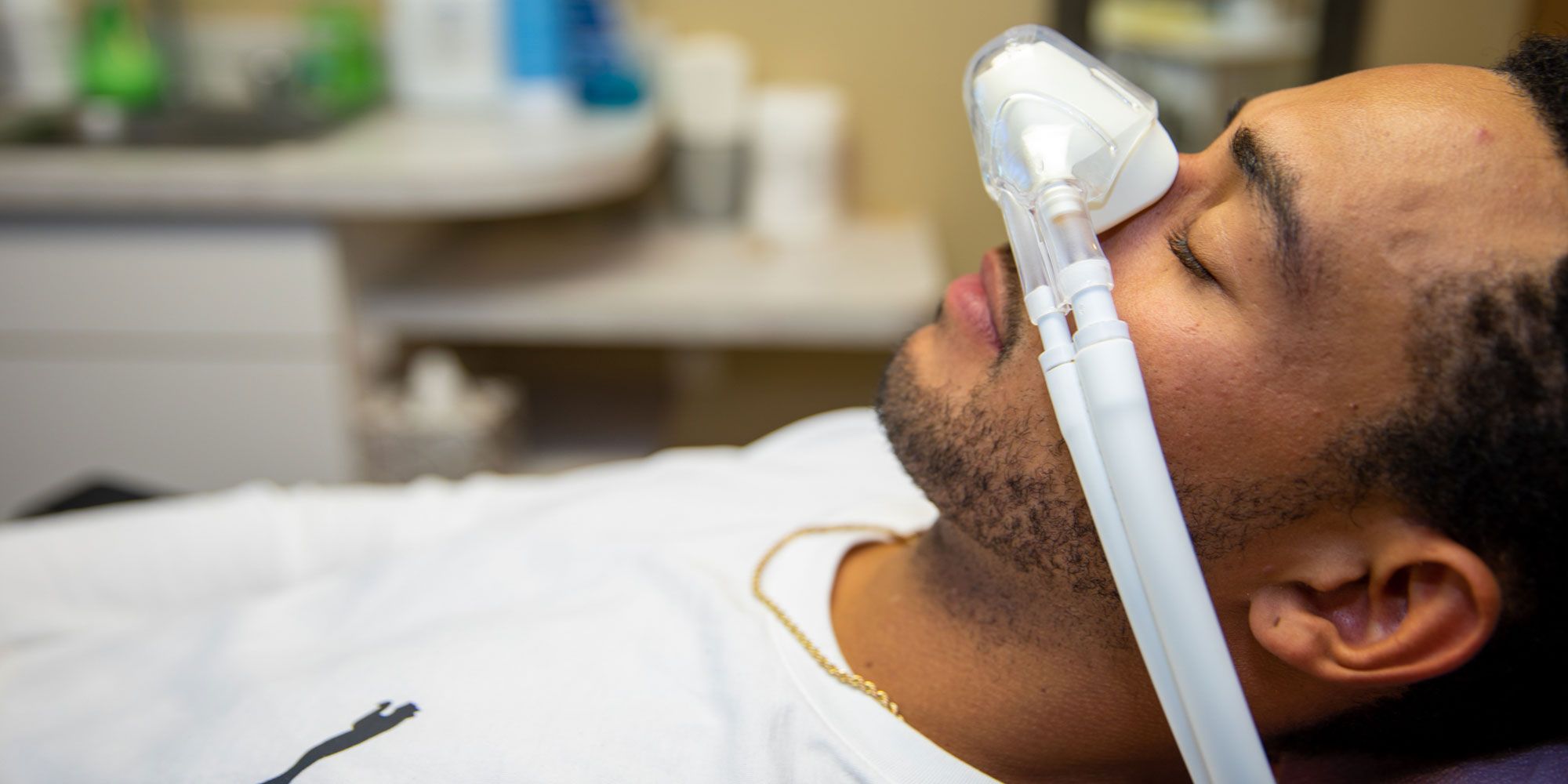

Many Americans avoid regular dental checkups due to fear or anxiety. Sedation dentistry offers a safe and anxiety-free experience for those apprehensive about dental visits. Contrary to common belief, sedation dentistry doesn’t necessarily induce sleep; rather, it helps patients remain awake while calming their anxiety during the procedure. Options like nitrous oxide, oral conscious sedation, and IV sedation effectively alleviate anxiety throughout the dental appointment.

Among the commonly used dental sedatives are nitrous oxide, oral conscious sedation, and IV sedation. These sedatives offer varying levels of sedation—mild, moderate, and deep—tailored to individual requirements. Prior to administering any sedative, it’s crucial for the dentist to thoroughly review the patient’s medical history, including current medications. Here’s a brief overview of these sedatives:
Nitrous Oxide
Nitrous oxide, commonly known as “laughing gas,” serves as a gentle sedative administered through a nose hood during procedures. It enhances mood, induces a sense of well-being, and crucially alleviates anxiety and pain throughout the process. Minor sensations like tingling or numbness may occur. Nitrous oxide boasts a long history of safe usage in dentistry, with few associated side effects.
IV Sedation
Intravenous sedation is a moderate form of sedation commonly utilized for shorter medical procedures. Patients often liken the experience to sleeping through the entire process. Administered directly into the bloodstream, its effects are immediate. However, upon withdrawal, some patients may feel groggy and sleepy. Therefore, it’s crucial to arrange for a designated driver for the journey home.
Oral Conscious Sedation
Oral conscious sedation is an excellent choice for people who fear needles. Oral medication is provided before treatment to induce a moderate state of sedation. Though oral sedatives do not cause sleep, they usually dull the senses. This means that most patients cannot remember the pain, smells, or noises associated with the procedure. Usually, a medication dose is taken before the appointment and then topped up during the procedure as required.

Most of the drugs used in sedation dentistry are classified as benzodiazepines. Benzodiazepines reduce anxiety, muscle spasms, insomnia and seizures. Each medication has a different half-life, meaning the effects last for varying amounts. The estimated length of the procedure determines which type of drug will be most effective.
Here are some of the most common drugs used in oral conscious sedation:
Valium® – This sedative has amnesic properties and a long half-life. It is usually used for time-consuming, complex procedures.
Halcion® – Usually used to treat insomnia, Halcion is an effective sedative with amnesic properties. A short half-life makes this sedative useful for shorter procedures.
Ativan® – This sedative is best known for reducing anxiety. It has amnesic properties and a medium half-life. Ativan is typically used for treatments shorter than two hours.
Versed® – This sedative has the shortest half-life and is therefore less commonly used. It alleviates anxiety in much the same way as nitrous oxide and is used for visits that will take less than 30 minutes.
If you have questions or concerns about sedation dentistry, please get in touch with our office.


Brenner Dental Arts is committed to your well-being and smile. Our non-judgmental care caters to all dental needs. Book your visit at our Brooklyn office now or dial